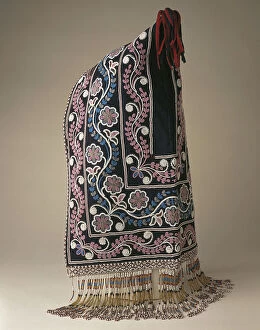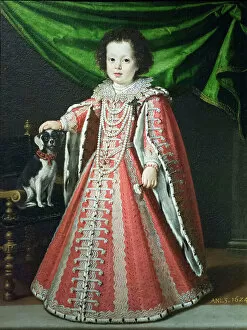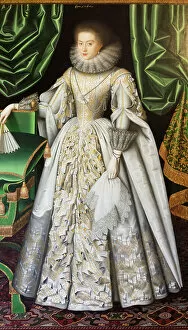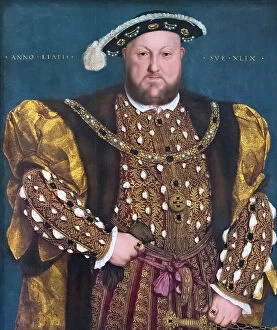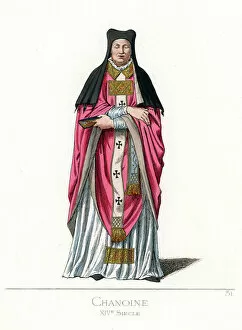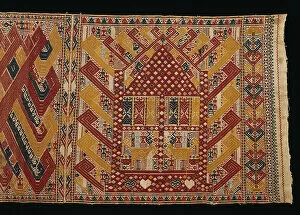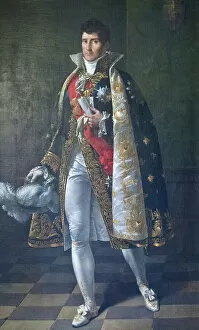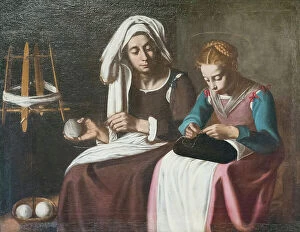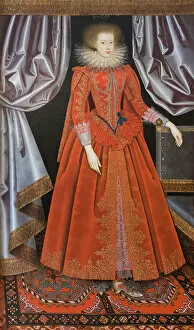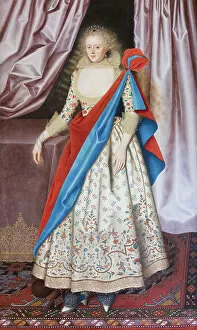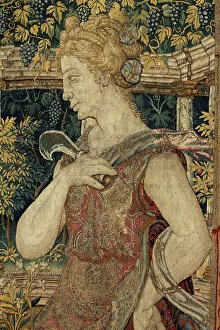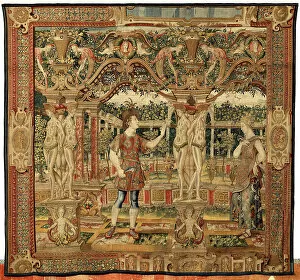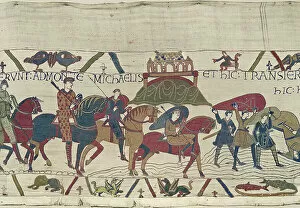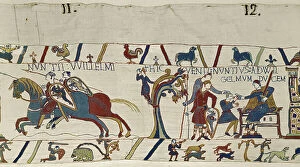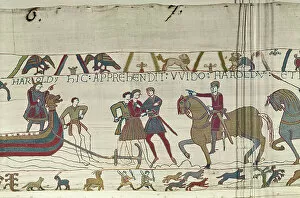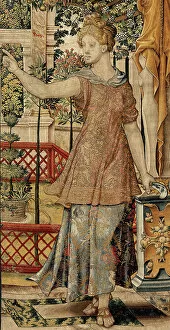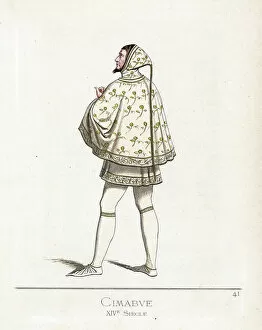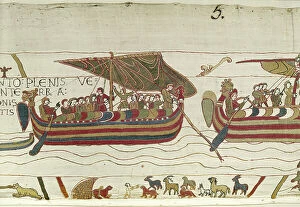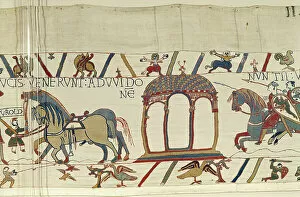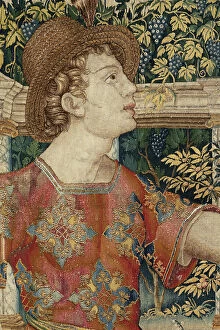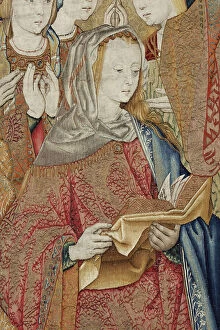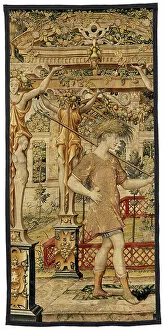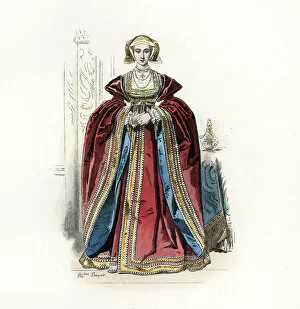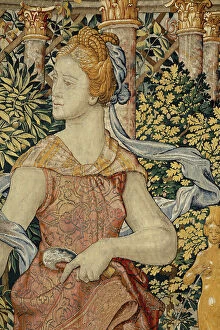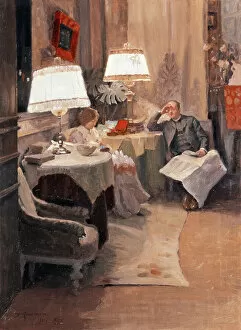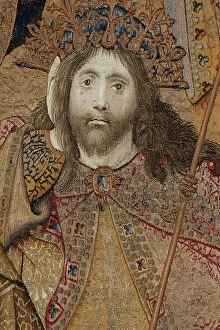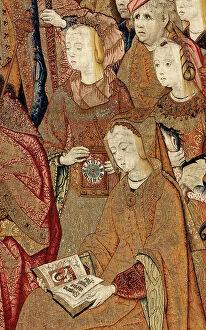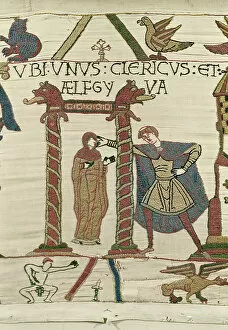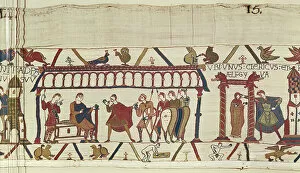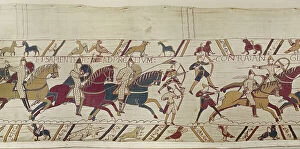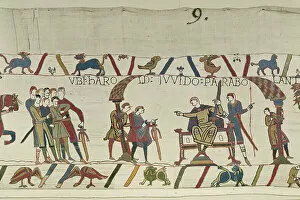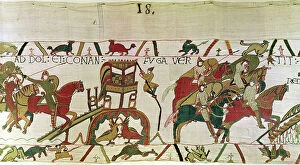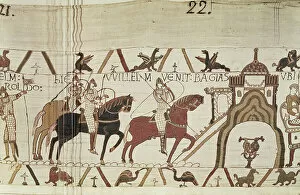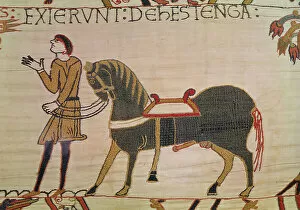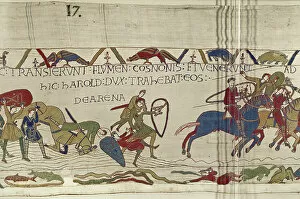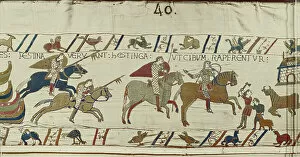Embroidery Collection (page 8)
"Unraveling the Threads of History: Embroidery as a Timeless Art" Embroidery, a craft that has woven its way through centuries
All Professionally Made to Order for Quick Shipping
"Unraveling the Threads of History: Embroidery as a Timeless Art" Embroidery, a craft that has woven its way through centuries, holds within it stories of valor and culture. Just like King Harold's foot soldiers with their spears and battle axes depicted in the Bayeux Tapestry, embroidery serves as a visual narrative of our past. From Central America to Panama, Cristobal to Kuna Indian traditional molas, embroidery showcases the rich tapestry of diverse cultures. It transcends borders and continents, connecting us all through intricate stitches and vibrant threads. In Normandy, France, Europe stands The Bayeux Tapestry - an iconic masterpiece that depicts pivotal moments in history. A feast for the eyes captured on fabric; it transports us back to late 11th century battles and reveals unknown creators who left their mark for eternity. Costa Rican art from Central America adds another layer to this artistic journey. Its vibrant colors mirror the lush landscapes while telling tales unique to Costa Rica's heritage. Frans Hals' "The Laughing Cavalier, " created in 1624 but still resonating today (1943), reminds us that embroidery is not confined solely to fabric and can be found even in oil paintings where every brushstroke weaves together a story worth cherishing. As ships were built in preparation for war according to the Bayeux Tapestry's depiction at Bayeux, Normandy, France; we see how embroidery captures not only beauty but also historical events etched into our collective memory. The death of King Harold portrayed with an arrow piercing his eye symbolizes both tragedy and bravery. This scene immortalized by needlework speaks volumes about human resilience amidst conflict. Just as Norman cavalry clashed with Harold's foot soldiers forming shield walls on embroidered cloth; so too do different elements collide harmoniously within this ancient art form – creating something truly remarkable.


